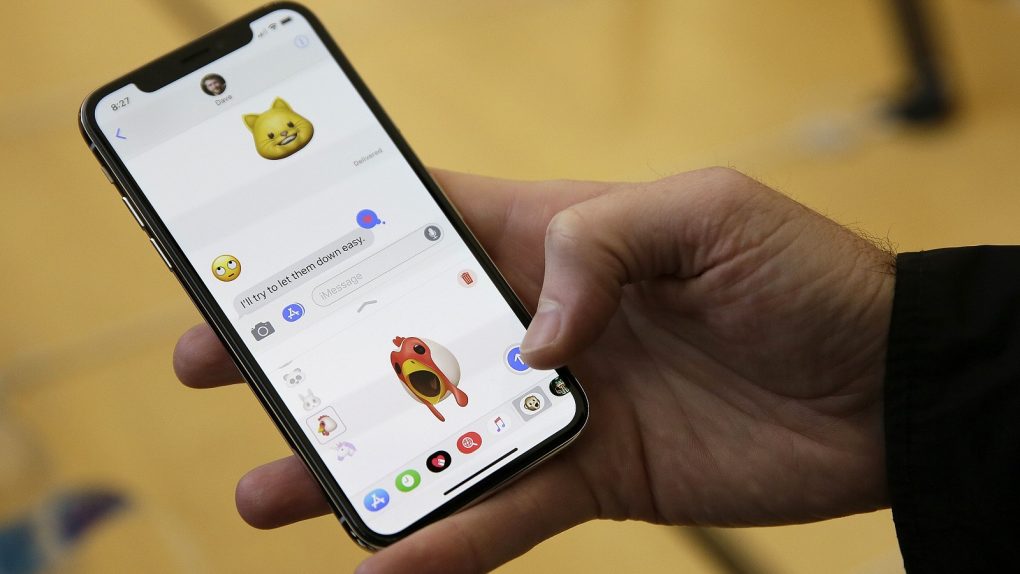Apple is expected to fully commit to its removal of the home button this year. All three upcoming iPhone models will reportedly feature the same “all-screen” design as the iPhone X, including the more affordable LCD model, which has received a bulk of the attention leading up to this fall. We’ve been wondering how Apple plans to pull this off with an LCD display, but this week, an industry source may have finally provided the explanation.
According to a Digitimes report, Japanese manufacturer Nichia will be the sole supplier of backlighting chips used in Apple’s 6.1-inch LCD iPhone. The explanation behind the partnership is that Nichia is able to provide 0.3t LED chips as opposed to the 0.4t LED chips that were used in previous LCD panels.
Sources say that smartphone screens with 0.3t LED chips have smaller bezels than screens with 0.4t LED chips:
While LTPS-LCD smartphone screens with backlights using 0.4t LED chips have bottom bezels of 4.0-4.5mm, use of 0.3t LED chips can reduce them to 2.0-2.5mm, enhancing LCD screens’ competitiveness against OLED all (bezel-free) screens panels, the sources explained.
The sources also note that packaging 0.3t LED chips for use in LTPS-LCD smartphone panels “is more difficult is accuracy and stability than that of 0.4t LED chips,” which is why Nichia reportedly began testing the chips for use in high-end smartphone models in the first half of 2018. While the bezels on the 6.1-inch iPhone aren’t expected to be quite as small as those on the iPhone X, they should be significantly smaller than those of the iPhone 8.
With trial production of the 6.1-inch LCD iPhone expected to begin in July, small-volume production in August, and full volume in September, Nichia will be almost totally booked by Apple for the rest of the year. Unsurprisingly, more than one other manufacturer has begun working on 0.3t LED chips as well.








